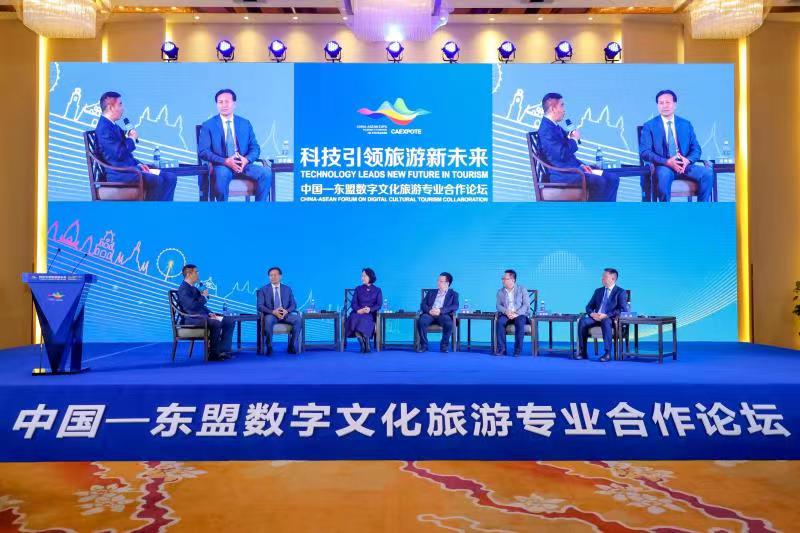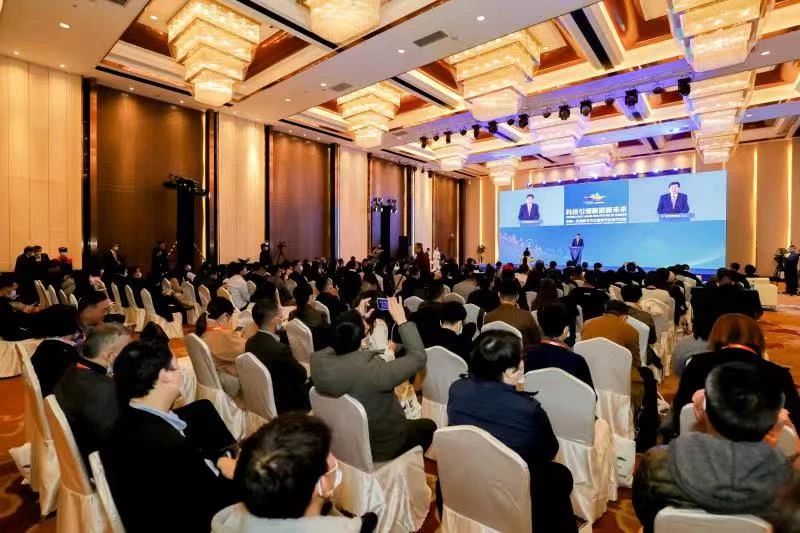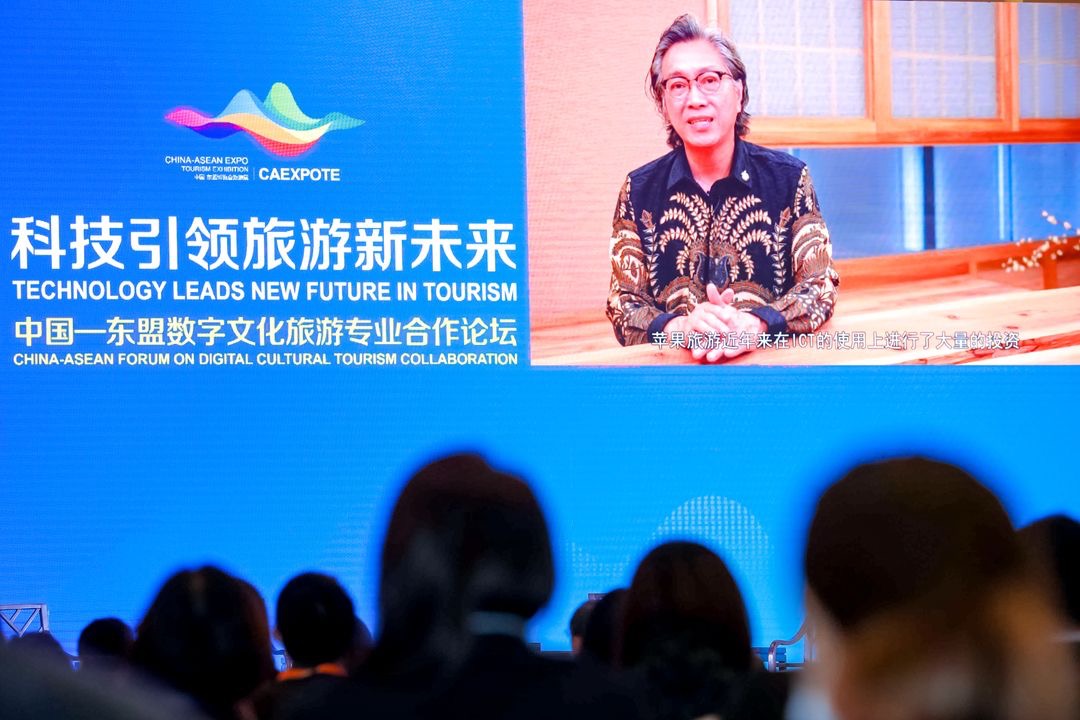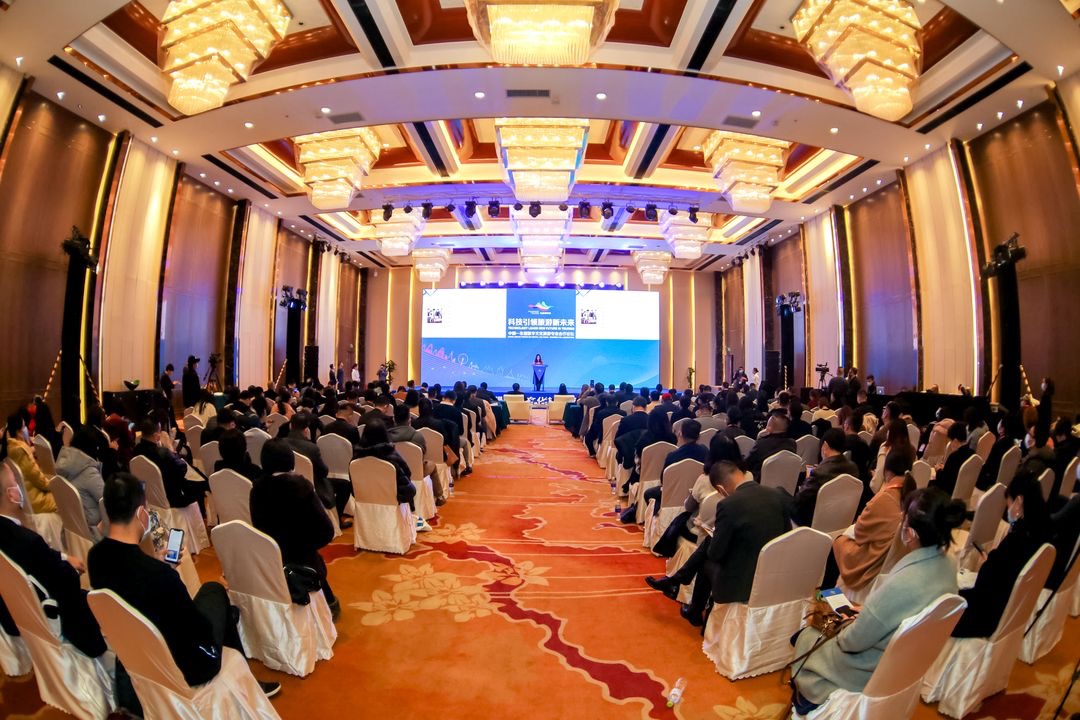Technology Leads New Future in Tourism China-ASEAN Forum on Digital Cultural Tourism Collaboration Concluded Successfully
Creating cross-border smart platform, facilitating dual-circulation development
The forum was themed “Technology Leads New Future in Tourism” and focused on researching and exploring the potential of collaboration in digital tourism between China and ASEAN member states. As part of the China-ASEAN Expo Tourism Exhibition, the China-ASEAN Forum on Digital Cultural Tourism Collaboration echoes the theme of the exhibition, “Co-developing the Belt-and-Road Initiative, Co-reviving the Digital Economy”, and aims to drive the interaction and growth in digital tourism between China and ASEAN member states. The Chinese government has recently confirmed the new “dual-circulation” development pattern, in which the domestic economic cycle plays a leading role while the international economic cycle serves its extension and supplement. Digital tourism, a key component of the digital economic collaboration between China and ASEAN member states, will see strengthened communication and collaboration from both sides while continuously introducing impetus and vitality to tourism development in countries along the Belt-and-Road Initiative. Against such background, the staging of the China-ASEAN Forum on Digital Cultural Tourism Collaboration took place at exactly the right time. Through segments such as keynote speeches, roundtable dialogues and the release of an initiative, the forum explored the development trends of digital tourism and how travel suppliers may truly satisfy the demands of different tourists, as they create new products and expand channels with the help of digital technology. The forum in turn built a smart platform of collaboration for tourism industries from China and ASEAN member states to share their scientific and technological achievements and development opportunities.
Exploring digital-tourism patterns, giving suppliers new impetus
Big shots from governments, industries, educational institutions and research institutes bounced off new ideas and strategies for digital tourism at the forum. Tang Xiaoyun, the vice-president of China Tourism Academy, expounded on how digital economy was quickly infiltrating tourism; it had exerted subtle influence on tourists and changed their demands, behavior and experience. She also deconstructed the boundaries of different travel companies in the traditional supply chain, and offered an assessment of the future development trends of digital tourism based on industry patterns. Providing striking cases of how technology companies serve tourism, Wang Zaorong, the chairperson of Sendinfo Technology Company of Zhejiang Province, shared how new explorations took place with the help of Internet-based digital technology such as staggered appointments with real names. Technology had helped with the adaption to the normalized pandemic-prevention requirements and guided tourists to develop healthier consumption habits. Meanwhile, it had optimized the allocation of tourism resources and expedited the technological transition and smart upgrade of tourism. Furthermore, it had made tourism services more accessible and promoted the smart development of tourism management, which in turn contributed to the drive to modernize the national governance system and capacity. During the roundtable dialogues, focusing on the topic “How do travel suppliers embrace scientific and technological innovations?”, guests discussed in depth the effective means, business models and corresponding measures to combine travel suppliers and digital technology. Jiang Jun, the secretary-general of China Smart Tourism Industry Association, and Zhang Yindong, the vice dean of Scenery School of Meituan University and general manager of western China of the Culture, Tourism, Government and Business Collaboration Centre, provided industry analysis based on industry policies and big data. Koh Yock Heng, the group managing director of Apple Vacations from Malaysia, and Chhay Sivlin, the president of Cambodia Association of Travel Agents, shared the achievements of digital tourism and the future development plans in their respective countries with forum guests through speeches delivered via video.
The forum put together the latest ideas and practical application of digital tourism and performed a prospective analysis, providing critical information for the digitization of cultural tourism in China and ASEAN member states. Meanwhile, with the help of the platform that is the China-ASEAN Expo Tourism Exhibition, in-depth collaboration in digital tourism is initiated among tourism industries of countries along the Belt-and-Road Initiative through the promoted sharing of scientific and technological achievements such as the Internet, big data and artificial intelligence.
Advocating new measures for digital tourism, driving new cross-border collaboration
China’s Ministry of Culture and Tourism and the People’s Government of Guangxi Zhuang Autonomous Region have co-launched the China-ASEAN Digital-Tourism Collaboration Initiative. The initiative is divided into eight parts, namely to develop digital tourism with the core objectives to improve visitor satisfaction and their senses of gain and security, to strengthen digital collaboration in the fight against pandemics in tourism, to promote the digital upgrade of tourism, to explore cross-border tourism collaboration in e-commerce, to facilitate investment in digital tourism, to guide the establishment of training mechanisms and talent flows, to encourage the establishment of a multi-layered communication mechanism and to safeguard the security of digital tourism. The proposal of the initiative provides a beautiful blueprint for collaboration in digital tourism between China and ASEAN member states.





